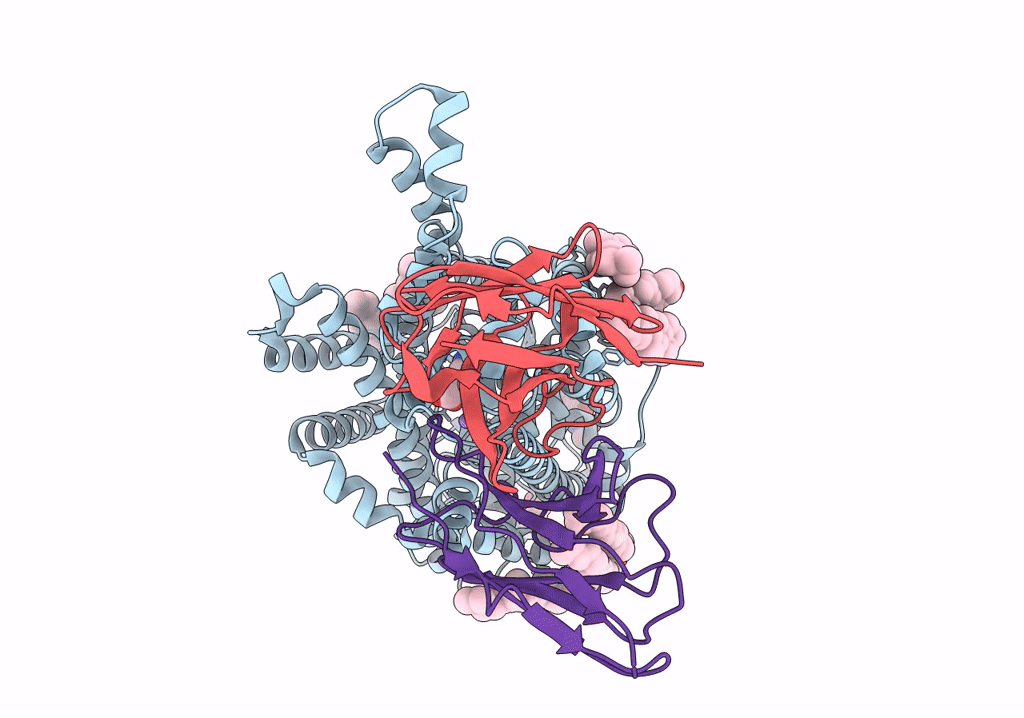
Deposition Date
2022-08-24
Release Date
2023-05-31
Last Version Date
2024-10-23
Entry Detail
PDB ID:
8GNK
Keywords:
Title:
CryoEM structure of cytosol-facing, substrate-bound ratGAT1
Biological Source:
Source Organism:
Rattus norvegicus (Taxon ID: 10116)
Mus musculus (Taxon ID: 10090)
Mus musculus (Taxon ID: 10090)
Host Organism:
Method Details:
Experimental Method:
Resolution:
3.10 Å
Aggregation State:
PARTICLE
Reconstruction Method:
SINGLE PARTICLE


